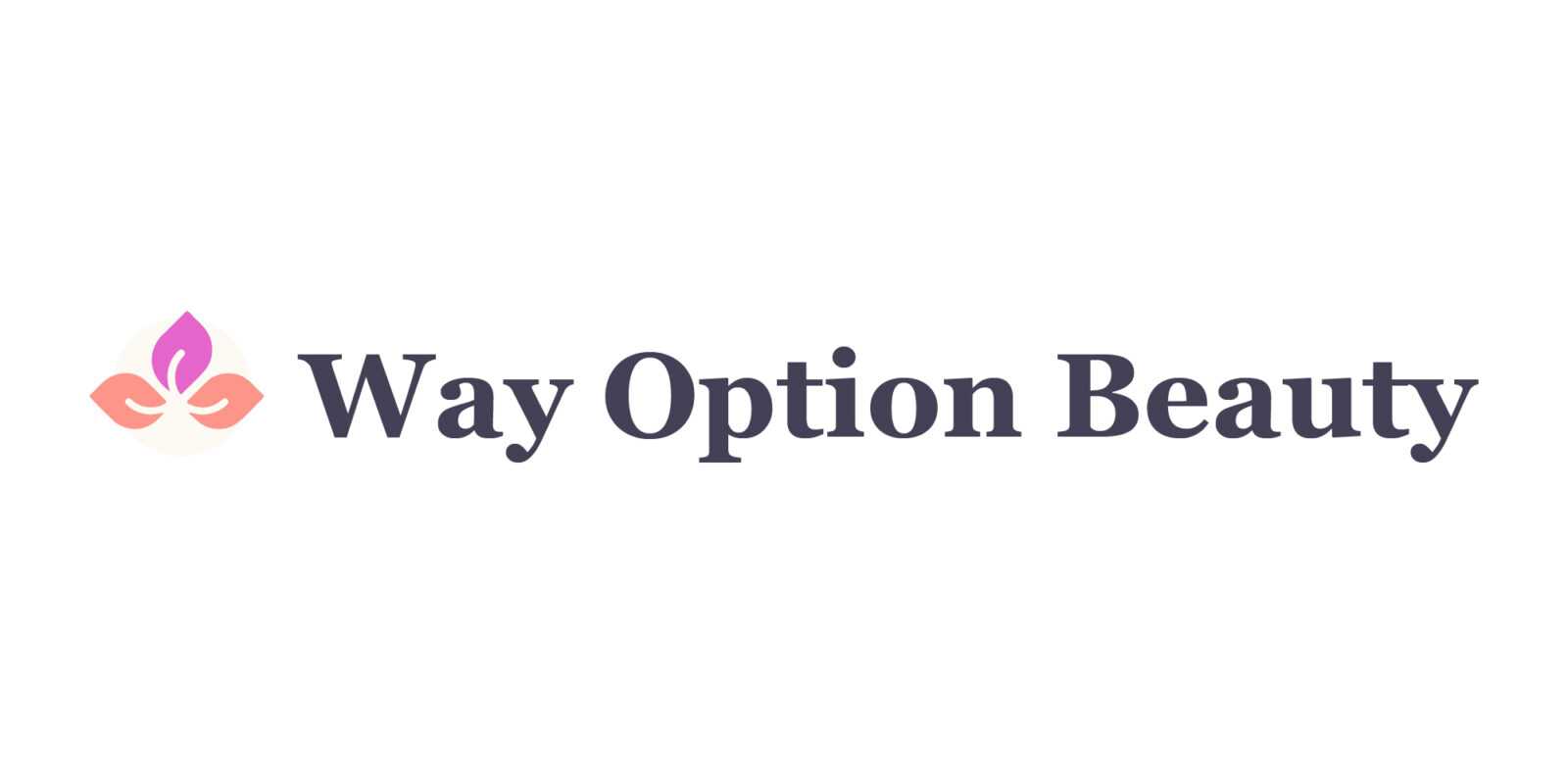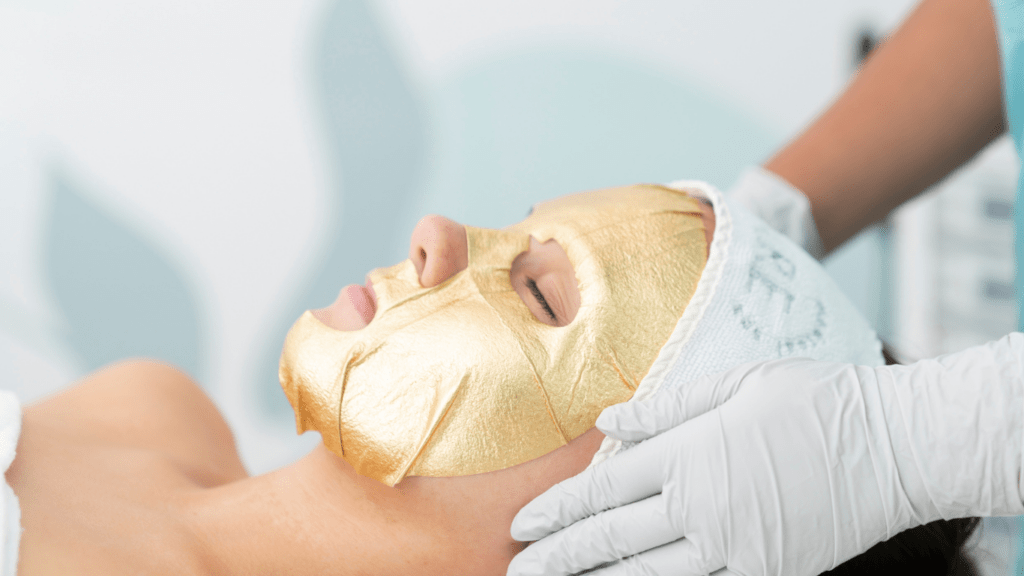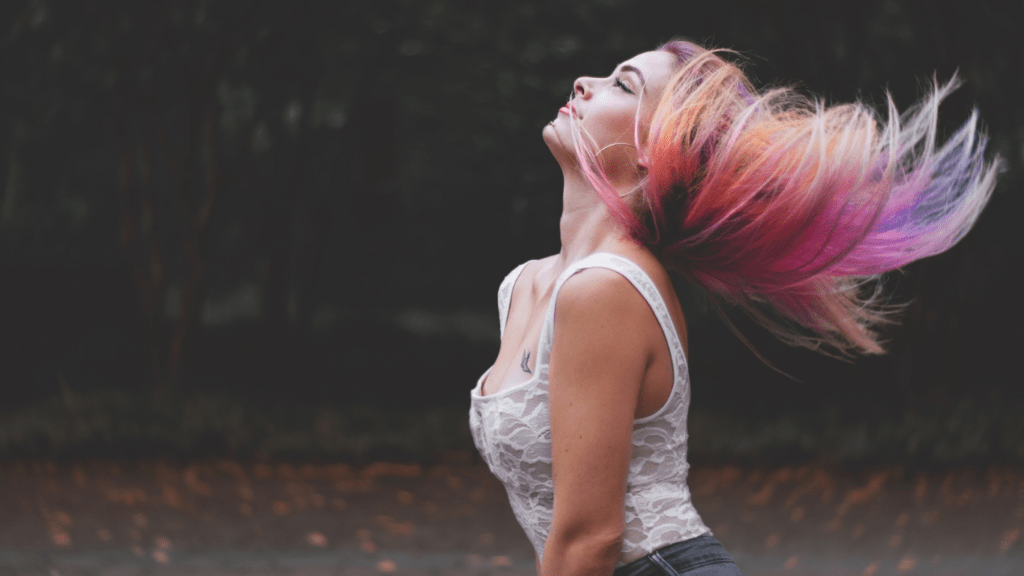Understanding Beauty Tech
Beauty tech integrates advanced technology into the beauty industry, enhancing how people approach skincare and makeup. This revolution involves using artificial intelligence (AI), augmented reality (AR), and internet-connected devices.
Virtual Try-Ons
Virtual try-ons allow users to test products digitally before buying. Brands use AR to overlay makeup products onto a live image or photo. This offers several benefits:
- Convenience: Users can try different looks without physical application.
- Accuracy: Technology ensures realistic color and texture representation.
- Personalization: Algorithms recommend products based on user’s unique features.
Smart Skincare Devices
Smart skincare devices provide personalized skincare routines by analyzing individual needs. These devices often include features like:
- Skin Analysis: Sensors assess skin conditions such as hydration levels, texture, and elasticity.
- Custom Recommendations: Based on analysis, the device suggests suitable products and routines.
- Connectivity: Many devices sync with apps to track progress and make adjustments.
AI-Powered Beauty Tools
AI-powered tools enhance various beauty routines by offering customized solutions. Examples include:
- Facial Recognition: Cameras analyze facial features to determine skin types and concerns.
- Virtual Assistants: Programs like chatbots provide personalized beauty advice and product suggestions.
- Predictive Analytics: AI predicts future skin issues, allowing preventive care.
Enhanced User Experience
Technology in beauty not only optimizes product application but also enhances user interaction with brands. The key contributions are:
- Interactive Shopping: Engaging virtual experiences boost online sales.
- Data-Driven Insights: Brands use customer data to improve and customize offerings.
- Sustainability: Digital try-ons and precise product recommendations reduce waste.
Beauty tech represents a fusion of innovation and practicality, transforming everyday beauty routines into highly personalized experiences.
Virtual Try-Ons
Virtual try-ons, a standout in beauty tech, are revolutionizing how we explore makeup and hair colors. Using advanced technology, these tools provide unmatched convenience and personalization.
Augmented Reality Makeup Applications
Augmented reality (AR) makeup applications offer users the chance to try on various products virtually. These tools utilize cameras and AR algorithms to superimpose digital images of makeup onto live video feeds. Users can test out different shades of lipstick, eyeshadow, and foundation in real-time, ensuring they find the perfect match before making a purchase. For instance, apps like YouCam Makeup and Sephora’s Virtual Artist allow users to experiment with thousands of products without ever stepping into a store.
Virtual Hair Color Try-Ons

Virtual hair color try-ons make it easy to see how different hair colors will look on an individual. These tools use sophisticated image processing and AR to apply digital hair dye to a user’s photo or live video. This feature helps users visualize the outcome of a new hair color, providing confidence in making decisions. Applications such as Modiface Hair Color and L’Oréal’s Style My Hair offer expansive color palettes, allowing users to experiment with everything from subtle highlights to bold hues.
Smart Skincare Devices
Smart skincare devices are transforming skincare by using technology to deliver highly personalized experiences.
AI-Powered Facial Analyzers
AI-powered facial analyzers are revolutionizing skincare diagnostics. These devices use machine learning and computer vision to assess various skin parameters—such as moisture levels, elasticity, and pigmentation—by analyzing high-resolution images. Companies like Neutrogena’s Skin360 and HiMirror implement these technologies, offering an in-depth skin analysis that helps users understand their unique skin needs. When users upload photos, the device provides customized skincare recommendations based on real-time data.
Personalized Skincare Routines
Personalized skincare routines have gained popularity due to their efficiency and effectiveness. Devices like Foreo’s Luna Fofo and Clarisonic use embedded sensors to analyze the skin and deliver tailored skincare routines. These smart tools sync with companion apps, providing daily or weekly updates based on the skin’s changing conditions. For example, if a device detects increased dryness, it adjusts the routine to include more hydrating products. This level of customization ensures that users get the most out of their skincare regimen, maximizing benefits while minimizing effort.
Innovations in Hair Care
Recent advancements in hair care technology are revolutionizing how we manage and style our hair.
Smart Hairbrushes
Smart hairbrushes use sensors to analyze hair health. Devices like the Kérastase Hair Coach provide real-time feedback on brushing habits. These brushes use microphones to listen for dryness, gyroscopes to measure brushing patterns, and contact sensors to detect force. The accompanying mobile app offers personalized tips based on this data. Users can track progress, ensuring their hair remains healthy.
Heat Styling Tools with AI
Heat styling tools with AI adjust temperature to prevent damage. The Dyson Corrale, for example, uses flexing plates to gather hair without excessive heat. AI sensors monitor the temperature 100 times per second, ensuring consistent heat distribution. This preserves hair integrity, reducing breakage and improving overall hair health. Another tool, the T3 Cura Luxe hairdryer, uses digital ion air technology and screens hair moisture levels, adapting heat and speed for optimal results. These AI-integrated tools provide safe, efficient styling tailored to individual needs.
Impact on the Beauty Industry
Changing Consumer Behavior
Consumers are adopting beauty tech faster than ever. Virtual try-ons and smart skincare devices cater to the growing demand for personalized experiences. Shoppers now expect digital solutions for their beauty needs. Apps like Sephora’s Virtual Artist let users experiment with products from home, shifting preference from in-store visits to online explorations. This digital interaction builds consumer confidence, making them more likely to purchase products without physically testing them first. AI-powered recommendations enhance satisfaction by offering tailored solutions, fostering loyalty. The rise of virtual consultations underscores the shift towards digital-first beauty interactions.
Market Growth and Trends
The beauty tech market is booming. According to Grand View Research, the global beauty tech market size is projected to reach $117 billion by 2028, with a compound annual growth rate (CAGR) of 19.6% from 2021 to 2028. Virtual try-on technology, smart skincare tools, and AI-driven personalization drive this growth. Companies are investing heavily in R&D to integrate advanced tech into their product lines, leading to continuous innovation. Trends indicate a surge in interactivity and personalization within product offerings. For example, brands like L’Oréal and Estée Lauder use AI to create products that adapt to individual skin needs, reflecting a shift towards hyper-personalization. The focus on sustainability and efficiency also aligns with consumer demand, promoting eco-friendly, tech-forward beauty solutions.



